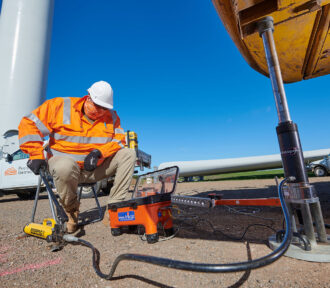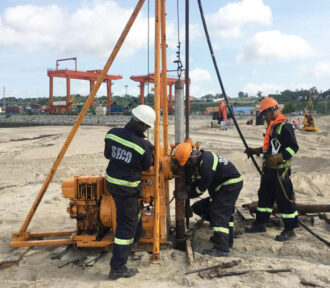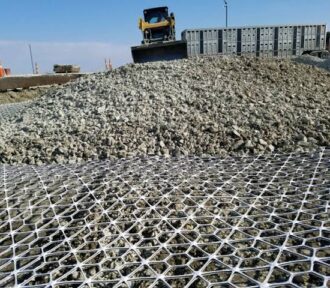This article explores the use of the standard penetration test to determine the bearing capacity of foundations
Tag: Bearing Capacity
This article explores the plate load test and illustrates how to use data obtained during the test to determine the bearing capacity of soils. The…
This article explores the significance of field testing in soil engineering and highlights some common methods employed in measuring the bearing capacity of soils.
Foundation design has traditionally been conducted using the permissible stress method with the application of a global factor of safety. With the introduction of Eurocode 7, however, a distinctive design philosophy was presented, one that is based on the application partial factors. Thus, this article aims to investigate if higher bearing capacity values can be justified to Eurocode 7.
Ground improvement is the modification or treatment of weak and loose soil in order to improve their bearing capacities and potential settlement characteristics.
A properly designed foundation must deliver these loads to the soil without overstressing the soil which could otherwise cause excessive settlement or shear failure of the bearing soil. In-order to avoid overstressing the soil geotechnical engineers and structural engineers must determine the bearing capacity of the soil upon which the structure is to be founded.




